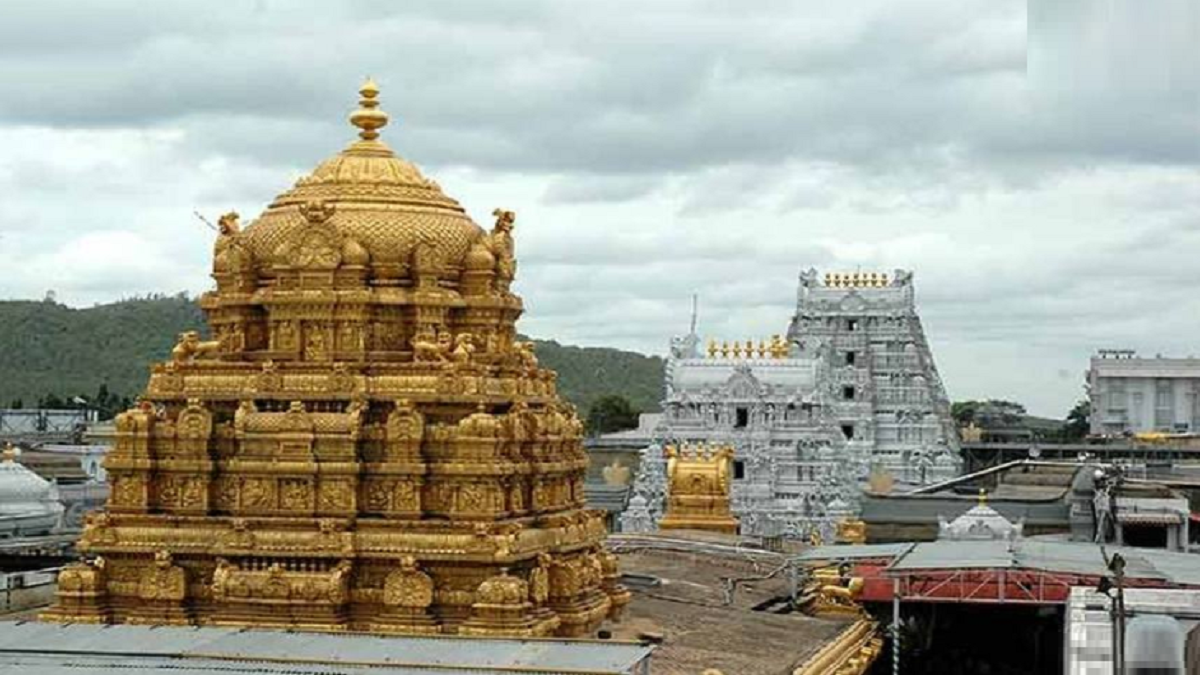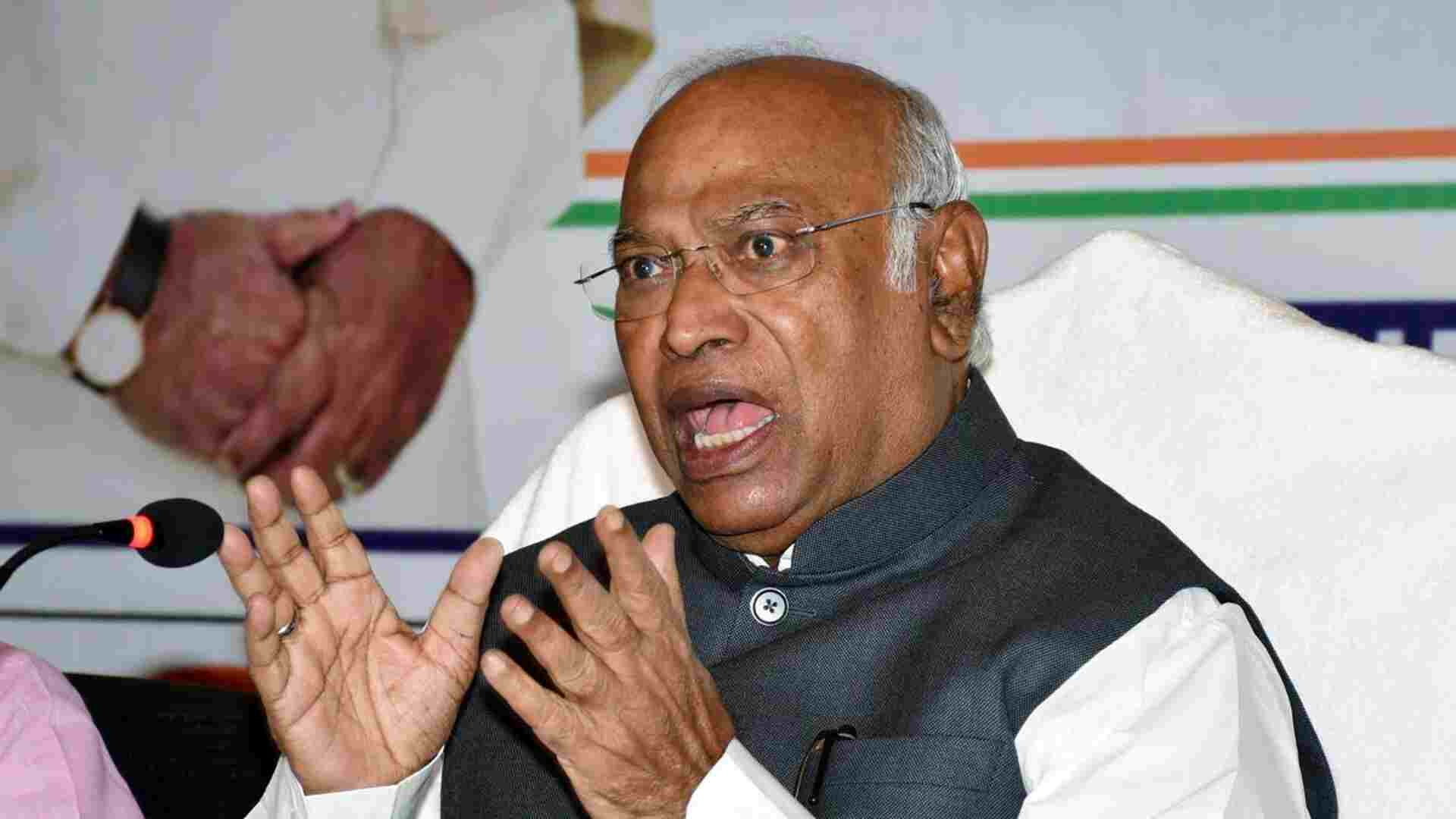
A recent controversy has arisen regarding the alleged use of ghee mixed with animal fat in making the famous Tirupati laddu. This issue emerged when YS Jagan Mohan Reddy was the Chief Minister of Andhra Pradesh, sparking significant political debate and outrage among millions of devotees of Lord Venkateshwara. Many consider the quality of laddu prasadam to be sacred.
The Tirumala Tirupati Devasthanams (TTD), which manages the temple, reported receiving numerous complaints from pilgrims about the declining quality of laddu in recent years. TTD executive officer J Shyamala Rao mentioned, “It was found that suppliers were supplying poor quality ghee, which lacks aroma and taste, and was possibly adulterated.”
He explained that while the TTD laboratory can test certain parameters like moisture, fatty acids, and iodine value, it lacks the capability to detect adulteration with foreign fats. Rao also noted that the National Dairy Development Board offered to donate equipment valued at ₹75 lakh to help TTD conduct these tests.
AV Ramana Deekshitulu, the former chief priest of the Tirumala temple and an advisor on temple rituals, claimed he had repeatedly raised concerns about the declining quality of laddu and other prasadams over the past few years, but his complaints went unaddressed. He stated, “I had been in the service of Lord Venkateshwara for the past 50 years, but never had I come across the adulteration of any raw material used in the preparation of laddu.”
RTI activist BKSR Iyengar pointed out that there is no archaeological evidence regarding the current form of the Tirupati laddu, which has significant emotional value for many devotees. He noted, “There was a mention of ‘Tirumala laddu’ in the songs of popular 15th century saint and composer Annamacharya, but it was not a popular offering to the Lord.”
Dr. V Thimmappa, a history professor at Sri Venkateshwara University, shared insights from his research paper, stating that offering prasad to the deity dates back to the Pallava dynasty in the ninth century, starting with cooked rice. Over the years, various forms of offerings, including “Naivedyam,” evolved. The term “laddu” likely originated from “manohara padi,” mentioned in records from 1715.
In the 19th century, the Madras presidency began selling prasadams to pilgrims, with vadas being particularly popular due to their preservation capabilities. The early 20th century saw the introduction of sweet bundi, which eventually transformed into the laddu we know today in 1940, eight years after TTD’s establishment.
Thimmappa highlighted Kalyanam Iyengar’s role in developing the present-day laddu, as he introduced the Mirasidar system for preparation. This system, which allowed certain families to make laddus, lasted until its abolition in 2001 after a Supreme Court ruling.
Tirupati laddus are traditionally prepared in the temple kitchen, known as “potu,” located near the sanctum sanctorum. Ingredients are transported via conveyor belts. Cooking transitioned from firewood to LPG fuel in 1984. According to TTD’s guidelines, the preparation follows a list of ingredients specified in the “Aagama Sastra,” with slight modifications for taste over the years.
Currently, about 2.5 lakh laddus are prepared daily using significant quantities of ingredients: 10 tonnes of besan flour, 10 tonnes of sugar, 700 kg of cashew nuts, and up to 500 litres of ghee, among others. Over 600 staff members are involved in this labor-intensive process, with the kitchen having undergone extensive modifications for efficiency.
In February of the previous year, TTD’s then-executive officer announced plans to import advanced machines capable of producing six lakh laddus daily. However, as of now, there have been no updates on this development. Iyengar cautioned against using machines for laddu preparation, as it contradicts Agama principles.
To prevent black market activities surrounding Tirupati laddus, TTD registered them for a geographical indication (GI) tag in 2008. It secured patent rights under the GI Act in 2009, preventing unauthorized production of the sweet. The Indian government even released a postal stamp in 2017 to honor Tirupati laddu as part of its cuisine series.
Iyengar noted that historical records indicate the high standards maintained by past rulers regarding prasad preparation for Lord Venkateshwara. There are approximately 1,150 inscriptions in various languages, including Kannada and Sanskrit, found in the Tirumala and Tirupati temples. One such inscription, located on the north wall of the Tirumala temple, emphasizes the importance of careful transportation of ghee for the temple offerings.















